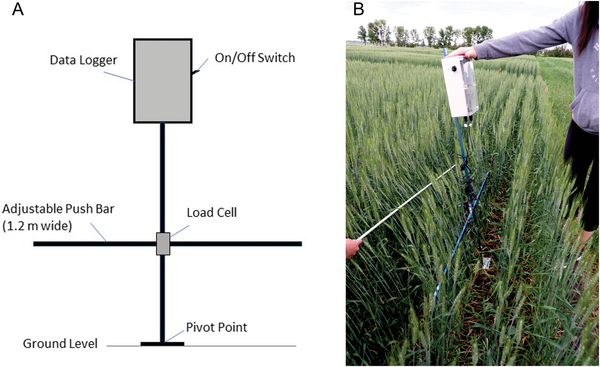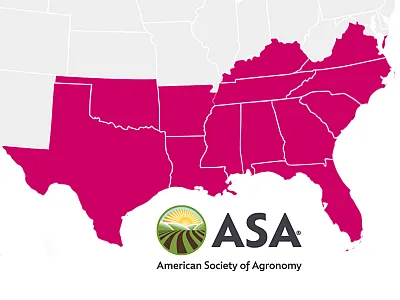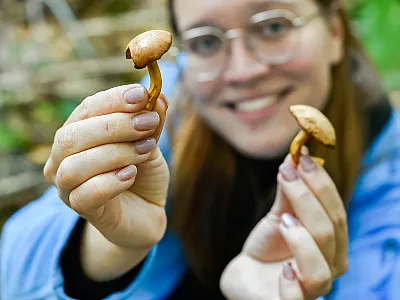Taking the Guesswork Out of Lodging Ratings

Lodging results from interactions among the crop canopy, environmental conditions, and the soil, making it unpredictable and difficult to study in small-plot research. Destructive plant measurements can give an indication of lodging risk but are time consuming and expensive for research trials with multiple objectives. A device that could quickly and non-destructively measure lodging risk would be a welcome addition to any agronomic researcher’s toolbox.
In an article recently published in Agronomy Journal, researchers evaluated the ability of a push-force meter known as “the Stalker” to indicate both shoot- and root-lodging risk in spring wheat grown under a range of agronomic management. By measuring stem strength and elasticity, the Stalker was able to identify agronomic practices with high and low lodging risk. Applying a plant growth regulator increased stem strength while reducing plant densities increased both stem strength and elasticity.
Led by the University of Manitoba, this research demonstrates the ability of the Stalker to differentiate high- and low-lodging risk agronomic practices without having natural or artificially induced lodging. The work delivers a standardized method for evaluating lodging risk in research trials, removing the reliance on environmental conditions.
Adapted from Mangin, A., Heuschele, J., Brule-Babel, A., Flaten, D., Wiersma, J., & Lawley, Y. (2022). Rapid in situ nondestructive evaluation of lodging risk in dryland agronomic wheat research. Agronomy Journal, 114, 2822– 2829. https://doi.org/10.1002/agj2.21173
Text © . The authors. CC BY-NC-ND 4.0. Except where otherwise noted, images are subject to copyright. Any reuse without express permission from the copyright owner is prohibited.













